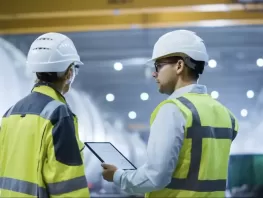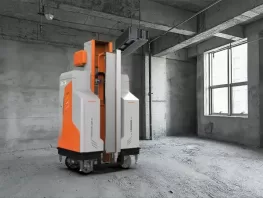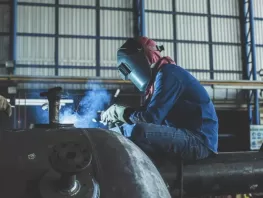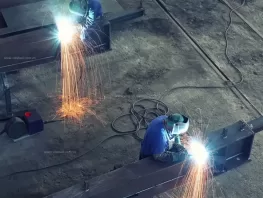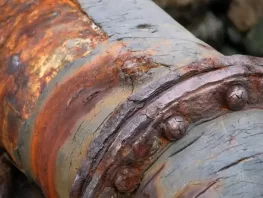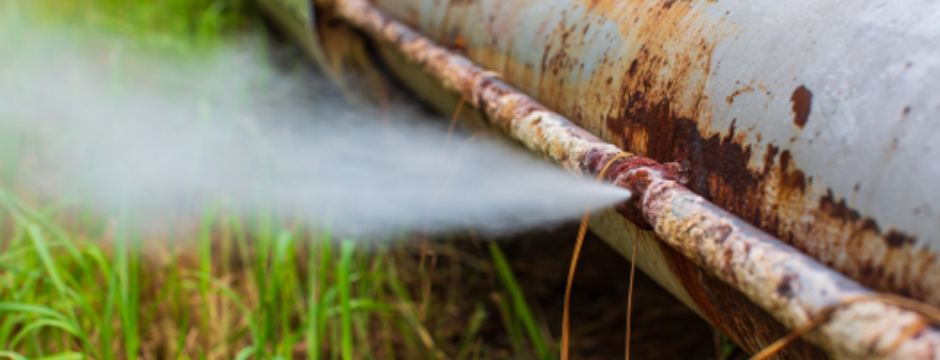
Advanced Corrosion Protection Strategies: Coating Selection and Application Techniques
Posted Aug 19, 2024 by Dave Scaturro

Corrosion is an inevitable challenge in industrial environments, leading to significant maintenance costs and even structural failures if not addressed effectively. With the continuous evolution of materials and technologies, the battle against corrosion has become more sophisticated. Advanced corrosion protection strategies, especially concerning coating selection and application techniques, have become paramount in ensuring the longevity and durability of metal structures. Here’s a comprehensive look at how the latest developments in coatings and application methods are changing the landscape of corrosion protection.
Understanding Corrosion and Its Impact
Corrosion occurs when metals react with environmental elements like oxygen, water, and chemicals, leading to the deterioration of the material. This can result in weakened structures, costly repairs, and in severe cases, catastrophic failures. Industries such as oil and gas, marine, transportation, and infrastructure are particularly susceptible to corrosion-related issues.
The Need for Effective Corrosion Protection
Corrosion is more than just a technical challenge; it represents a substantial threat across several domains. Economically, corrosion can lead to significant financial losses due to repair costs, equipment downtime, and reduced operational efficiency, making it a major concern for industries worldwide. Safety is another critical aspect. When corrosion compromises structural integrity, it poses severe risks to workers and the public, leading to potential accidents and liabilities. Additionally, corrosion can cause leaks and failures, resulting in environmental damage, particularly in sensitive sectors like oil and chemical industries. Thus, effective corrosion protection is essential to mitigate these impacts, ensuring economic stability, safety, and environmental preservation.
Selecting the Right Coating for Corrosion Protection
The first line of defense against corrosion is often a high-quality coating system. Coatings act as a barrier between the metal and corrosive elements, and selecting the right type is essential.
1. Epoxy Coatings
Epoxy coatings are widely used for their excellent adhesion, chemical resistance, and durability. They are suitable for harsh environments where chemical exposure is a significant concern.
Advantages: Strong adhesion, chemical resistance, durable finish
Best Uses: Industrial floors, tanks, pipelines, and marine applications
2. Polyurethane Coatings
Polyurethane coatings offer high flexibility, UV stability, and abrasion resistance. These coatings are ideal for outdoor applications where exposure to sunlight and weathering is a concern.
Advantages: UV resistance, flexibility, abrasion resistance
Best Uses: Exterior surfaces, automotive, and aerospace applications
3. Zinc-Rich Primers
Zinc-rich primers provide sacrificial protection to the underlying metal. When the coating is damaged, the zinc corrodes alternatively, protecting the steel beneath.
Advantages: Excellent sacrificial protection, effective under severe conditions
Best Uses: Steel structures, bridges, and offshore platforms
4. Fluoropolymer Coatings
Known for their exceptional chemical resistance and low surface energy, fluoropolymer coatings are ideal for aggressive chemical environments.
Advantages: Chemical resistance, non-stick properties
Best Uses: Chemical processing plants, food processing, and non-stick applications
Advanced Application Techniques
The effectiveness of a corrosion protection strategy depends on the coating material itself and also on the application techniques used.
1. Surface Preparation
Surface preparation is crucial for ensuring coating adhesion and effectiveness. Techniques like abrasive blasting, power tool cleaning, and chemical cleaning remove contaminants and create a surface profile that promotes strong coating adhesion.
Abrasive Blasting: Removes rust, scale, and old coatings to create a clean surface. This technique is ideal for large structures and high-performance coatings.
Chemical Cleaning: Removes oils, grease, and other contaminants. It is often used in combination with mechanical methods for optimal results.
2. Application Methods
Spray Application: Provides even coverage and is suitable for large or complex surfaces. Airless spray techniques can be particularly effective for thick coatings.
Brush and Roller: Used for smaller areas or where precision is required. These methods allow for careful application in hard-to-reach areas.
Hot Dip Galvanizing: Involves immersing steel in molten zinc to provide a robust, sacrificial layer of protection. This method is particularly effective for structures exposed to severe environmental conditions.
3. Multi-Layer Coating Systems
Utilizing multiple layers can enhance corrosion protection by combining the strengths of different coatings. For example, a zinc-rich primer may be used for sacrificial protection, followed by an epoxy mid-coat for adhesion and durability, and finished with a polyurethane topcoat for UV resistance.
Innovations in Corrosion Protection
Recent advancements in coating technology have led to the development of smart coatings that can self-heal or change properties in response to environmental conditions. These innovations pave the way for more effective and longer-lasting corrosion protection solutions.
Self-Healing Coatings: Designed to repair minor damages autonomously, reducing maintenance needs and prolonging the life of the coating.
Nanotechnology: Incorporates nanoparticles into coatings to enhance their barrier properties and resistance to wear and corrosion.
Alpine Painting & Sandblasting’s Approach to Corrosion Protection
At Alpine Painting & Sandblasting, we prioritize innovative and reliable corrosion protection strategies to extend the life and safety of industrial assets. Our comprehensive approach involves understanding the specific environmental conditions and material requirements to tailor solutions that offer the best protection.
Systematic Evaluation
Every project begins with a systematic evaluation of the site and material requirements. We assess the environmental conditions, including exposure to chemicals, UV light, and physical abrasion, to select the most suitable coating system.
Expert Application
Our team of skilled professionals employs advanced surface preparation techniques to ensure the optimal performance of the chosen coating system. By combining expertise with cutting-edge technology, we deliver durable solutions that stand the test of time.
Commitment to Safety
Alpine Painting & Sandblasting is committed to maintaining the highest safety standards in all our operations. Our dedication to safety is reflected in our rigorous adherence to industry best practices, ensuring our workers' safety and the integrity of the coated structures.
Conclusion
Today's industrial environments demand effective corrosion protection more than ever. By choosing the right coatings and application techniques, industries can significantly extend the lifespan of their assets, reduce maintenance costs, and enhance safety. As technology continues to evolve, embracing advanced strategies in corrosion protection will be key to meeting future challenges and safeguarding valuable infrastructure. At Alpine Painting & Sandblasting, we are committed to providing cutting-edge solutions that deliver exceptional protection and peace of mind for our clients.
